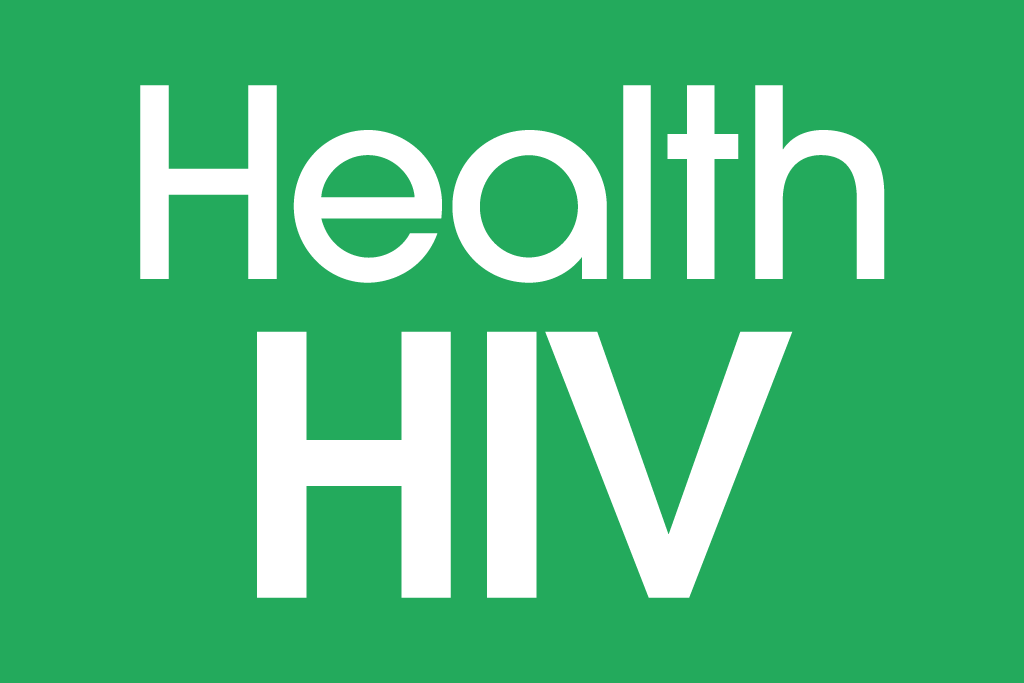New York Guidance for Addressing the Needs of Older Patients in HIV Care
New York Department of Health AIDS Institute: Guidance for Addressing the Needs of Older Patients in HIV Care. The goals include: Raising clinicians’ awareness of the needs and concerns of patients with HIV who are 50 or older; Inform clinicians about an aging-related approach to older patients with HIV; Offering recommendations to help clinicians provide optimal care for this population; Provide resources about aging with HIV for healthcare providers and their patients; Suggest steps to guide medical settings in implementing geriatric care into HIV clinical practice.
Coronavirus disease 2019 (COVID-19) outcomes in HIV/AIDS patients: A systematic review
This study worked to see the outcome of those who are living with AIDS and who also contracted COVID-19. They concluded that those with HIV/AIDS who had the disease well-controlled were not at a higher risk of COVID-19 symptoms being more severe. It was also found that those with bacterial pneumonia may be at risk of worse COVID-19 symptoms.
Research priorities for rehabilitation and aging with HIV: a framework from the Canada-International HIV and Rehabilitation Research Collaborative (CIHRRC)
People with HIV are living longer and can experience physical, mental, and social health challenges associated with aging and multimorbidity. Rehabilitation is well-positioned to address disability and maximize healthy aging. In this article, findings from CIHRRC’s aim to identify emerging research priorities in HIV, aging, and rehabilitation from the perspectives of people living with HIV, clinicians, researchers, representatives from community organizations, and policy stakeholders are reported.
E-health: Patterns of use and perceived benefits and barriers among people living with HIV and their physicians, Part 3
More than half of PLHIV were ready for telemedicine. PLHIV and physicians endorsed the advantage of e-health in terms of better coordination across health professionals but mistrust the data collection factor, which warrants either clarification or stronger legal protections.
E-health: Patterns of use and perceived benefits and barriers among people living with HIV and their physicians, Part 2
mHealth apps and smart devices have failed to garner adoption by PLHIV. There is a case for good-quality health data sharing and exchange if PLHIV are provided with appropriately secure tools and physicians are backed up by adapted legislation.
E-health: Patterns of use and perceived benefits and barriers among people living with HIV and their physicians, Part 1
More than half of PLWH surveyed had already searched for health information on the Internet, and one in two had changed their behavior based on the online search. PLWH did not see the Internet as an alternative to physicians but they wanted their physicians to guide them on how to find quality health information to better self-manage their condition.
Maintaining HIV care during the COVID-19 pandemic
Weak healthcare systems have been exposed during the COVID-19 pandemic and challenges have arisen in regard to maintaining HIV care continuum during the COVID-19 pandemic. Particular efforts must focus on ensuring this care to avoid disruption of routine HIV services.
Oral and Gut Microbial Diversity and Immune Regulation in Patients with HIV on Antiretroviral Therapy
The study aimed to determine the relationship between oral and gut microbiome diversity and chronic systemic inflammation in ART-treated PLWH with prevalent severe periodontitis, an inflammatory condition commonly associated with HIV infection.
Geriatric syndromes in people living with HIV associated with aging and increasing comorbidities: implications for neurocognitive complications of HIV infection
Many aging people with HIV experience health effects similar to people who are 5-10 years older than them. This includes cognitive decline, something that is highly prevalent in older generations. Researchers look at the relationship between living with HIV and cognitive impairment. This article also addresses body composition changes in people with HIV and the clinical complications.
HIV and Aging in Mainland China: Implications for Control and Prevention
The last 15 years have witnessed a dramatic change in HIV-related epidemiology amidst improvements in treatment and care in China. With proper treatment, HIV is now considered a chronic disease. As a consequence, many people living with HIV (PLWH) now present age-related comorbidities. Thirteen topical issues were reviewed concerning the epidemiology of aging with HIV in mainland China.



